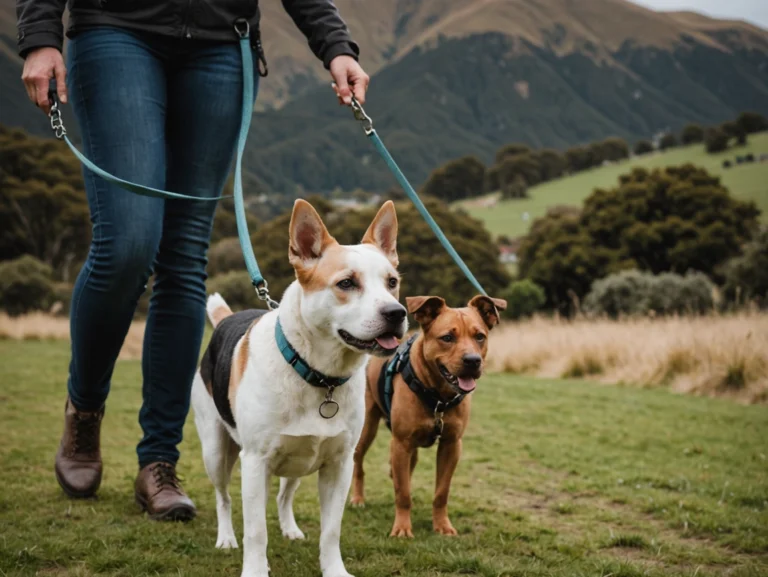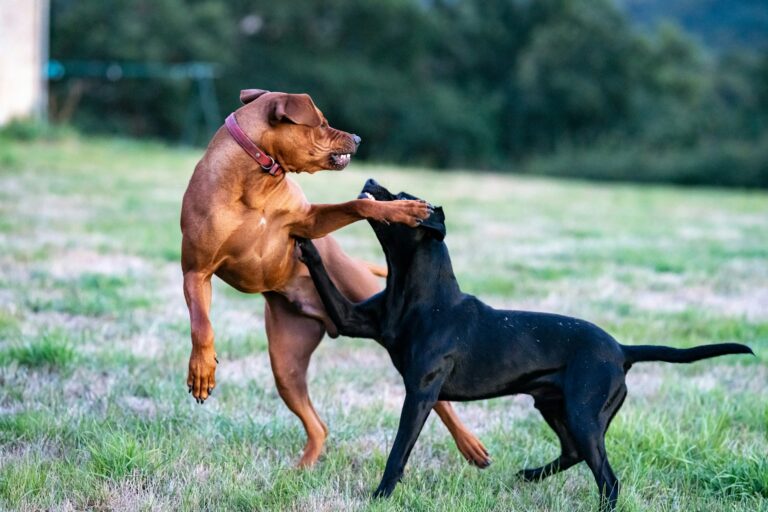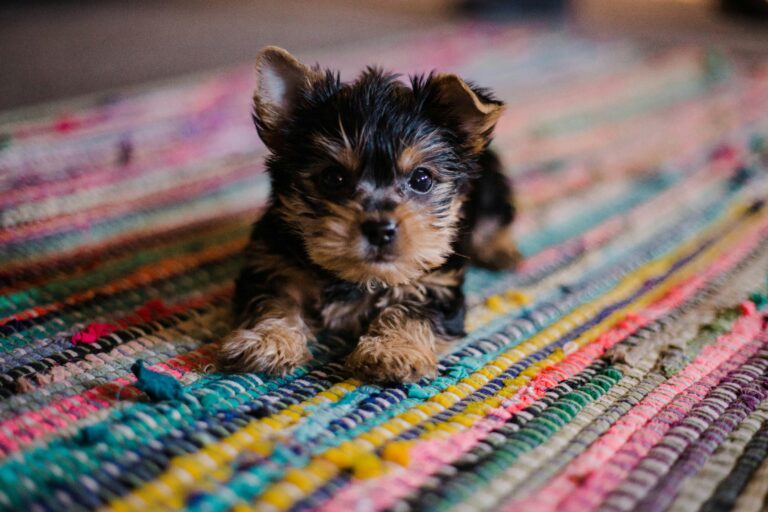Do you have a reactive dog?
Don’t panic! learning how to train a reactive dog is possible, let us help you by giving you these 5 quick tips from our expert dog trainers. We have dealt with many reactive dogs over our years as dog trainers. You will be surprised with a few quick changes we can start changing the reactive behaviour of your dog.
So we have established you have a reactive dog, firstly know you’re not the only one! It is actually a very common thing in New Zealand especially because we have so many rescue dogs, our breeding standards are not quite the same as other countries, and to be honest, we are a little behind when it comes to overall education around dog behaviour in the public, but that is what we are here for! To help you all learn, understand, and discover how to train a reactive dog to help your dog be the best dog that it can be!
It is important to begin understanding how your dog’s brain works, to read their body language, and then truly fix reactive behaviour.
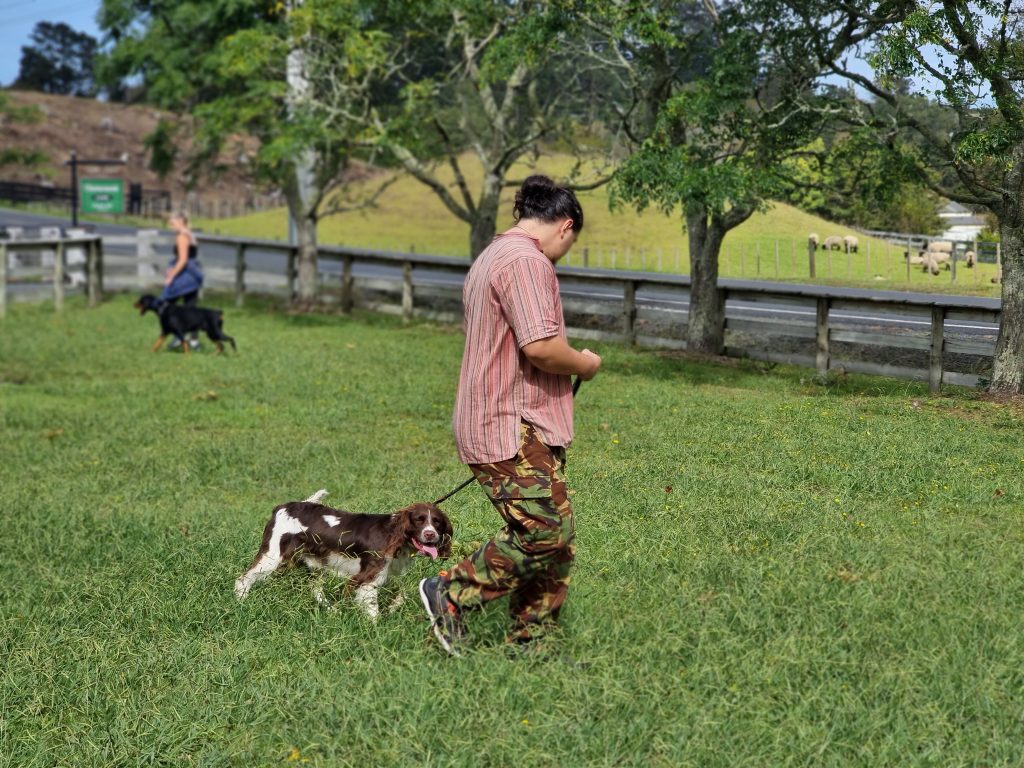
So why do dogs react on lead?
There are several reasons why your dog may be reacting on a lead but the most common is the fight or flight response which is generally triggered through insecurity, incorrect leadership, and miscommunication.
1. Get your dog walking nicely on a leash
The first step when dealing with a reactive dog is to get the dog walking nicely on a leash, this will help focus the dog and calm the dog down prior to seeing the distraction that the dog is reacting towards. This is why we are so big on mastering a heel walk. Not sure where to start with leash training? not to worry, we have gone over this topic in one of our blogs about leash training.
Because this one exercise will allow you to promote a calm headspace that is a lot easier to manage. So a calm brain will only elevate a little, this small elevation is easy to bring back down and manage. But a dog that is already above the threshold and not calm before reacting makes it almost impossible to bring them back down and under control. Think of it like when you are excited, stressed or upset naturally when we react to things our reaction will be bigger than normal!
2. Focus on reading our dog’s body language
Once the dog is walking nicely on a leash, we can now focus on reading our dog’s body language. What are your dog’s warning signs that they are about to react? This could be heavy breathing, dog pulling out of position on the leash, mouth shut, ears forward, eyes dilating, Stiff tail, these may be all signs the dog is about to react. So, I go back to step 1, in having a solid loose leash, calm heel, you are now able to read your dog’s tense energy as it happens, enabling you to then act accordingly before things go above and beyond.
3. Using communication to relax our dog
It is important we communicate promptly to our dogs to relax the second they become tense, letting them know that you have things under control and that you do not want them to elevate, you got this. In our blog How to communicate with your dog we mentioned the key here is not to baby talk or use reassuring tones, or affection at this moment, this is a common misconception a lot of people do, and in fact, by doing this you’re asking your dog to keep up this behaviour and to keep up this anxiety and to elevate further.
Instead, apply slight upward pressure on the leash and pop your dog in behind you, ask them to sit or down, or move in the opposite direction to create further distance from the distraction, get them back into a relaxed heel and start again. The quicker and more confidently but calmly you react here is key.
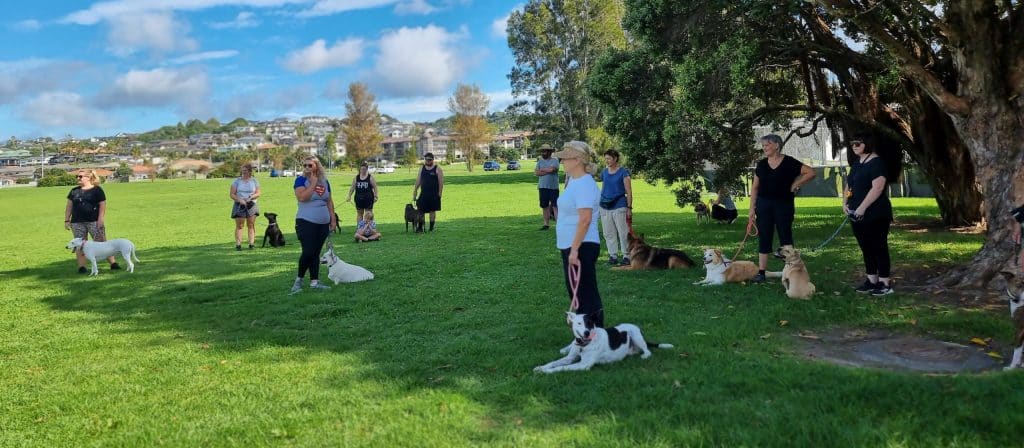
4. Practice dealing with your dog reacting
The only way how to train a reactive dog is to put yourself and your dog in situations where you both can improve. Once we have a system for understanding and working your dog effectively, we then need to look at repetition, respectively putting the dog in the situation where he feels like he needs to react and working him through the reaction into a calm state of mind until he/she stops reacting in that situation. So a good rule of thumb would be to start at a distance and slowly over time shorten the distance between your dog and the usual trigger, keep calm, stay persistent and consistent.
5. Add in Rewards (but not too early!)
Some forms of training that can be very helpful to add in as you progress in your dog’s training are some rewards but not too early! Adding rewards too early can create more reactivity unintentionally, get your physical and verbal communication right first! Then look at things like rewards. We have done a video on when to use treat training with your dog. covering points like,
- When should you use rewards?
- Moments your dog needs more motivation
- How to increase your dog’s energy and engagement.
Another option is your E collar training. I know I know a very controversial topic, however, utilizing an E collar to teach the dog the correct position, communication not to elevate the second their brain goes there, another useful tool but again, this needs to be meticulously conditioned and layered after you have solid verbal communication and understanding with your dog. We have covered E collar dog training in a three-part blog & video teaching you everything you need to know and look out for when training your dog with an E Collar.
Okay so what next then?
We have a new online trainer available for you that is perfect for your reactive dog and you’re training at home! This trainer is designed to help owners and their dogs from home. Ryan takes you right from the beginning to end on training any dog, reactive or non-reactive to create a rounded understanding for the human to communicate clearly with their canine companion, you can easily train a fully obedient, calm, happy, house pet that you and your family can truly enjoy.
We created an online dog training school with all of our dog training tips and resources, this way you can learn in your own time from the comfort of your own home. In summary, dealing with reactive dogs takes time, patience. Getting the correct information to succeed in this training is one of the most important aspects. Communicating, reading, and understanding your dog as a dog, is what will create the success you are after.
Want to hear more from Ryan? Tune in to the Facebook live stream we go Live over on Facebook at 7.30 pm on Tuesdays and Thursdays, real-time, real talk, answering questions directly from you.
If you have any questions about our dog daycare services or would like to book a place for your pet, please get in touch with us at 027 911 4115. or simply fill in an enquiry form.
